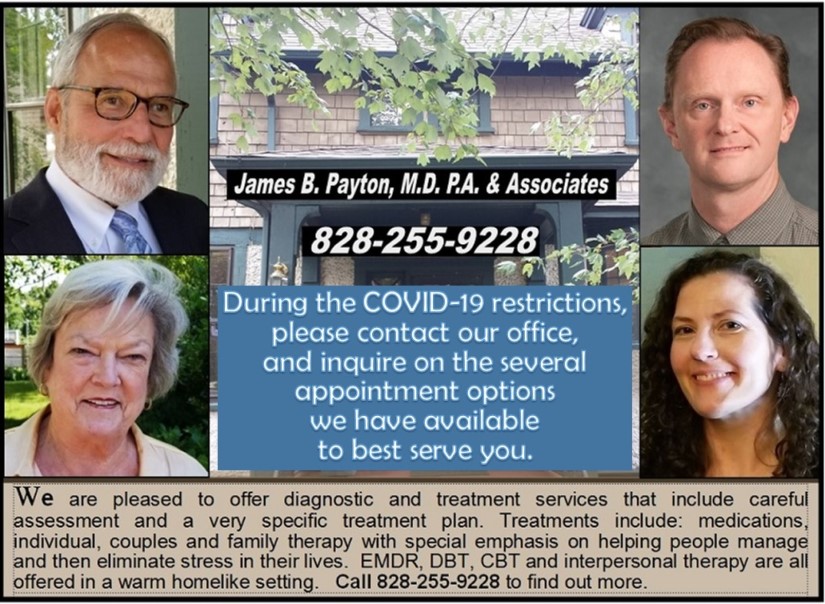WHITE PRIVILEDGE
It is so sad that Whites continue to be priviledged at the expense of others, mostly African-Americans. The priviledge is a weight on whites as we suffer from the abuse that is perpetrated in our name whether we agree with it or not. Our country grew up supporting racism and white priviledge and it is woven into our culture and to change this we must choose to see the priviledge for the abuse that it represents whether by financial institutions refusing loans or having higher interst rates, maintaining segregation through realestate practices or by promoting Whites only charter schools. According to Resmaa Menakem [My Grandmother's Hands] Whites suffer in their bodies from a long pattern of reacting to African-Americans as a threat and yet are also frequently dependent on them. Mr. Menakem feels that Whites need to become aware of their bodies response to African-Americans and change it so that they can process and then dismiss their emotional reactions and begin to see them as like themselves and not a threat. Mr. Menakem sees the police as needing a lot of support to overcome their frequent automatic response as if African-Americans are dangerous with the increased risk that lethal force will be used inappropriately. Support to help the police to manage traumatic experiences that they have as well as help people they are responsible for keeping safe to resolve any traumatic experiences that they might have. Finally, Menakem also sees African-Americans as needing to stop their automatic response of defering to Whites and feeling responsible for them. If we all can overcome our rapid, automatic and destructive body responses to others we will be free to experience our common humanity and not need to live in fear or with the weight of prejudice and judging others.
I believe that what Menakem is describing is similar to patterns of behavior that develop related to our automatically perceiving people or situations to be dangerous because of past traumatic experiences. Our behaviors are meant to protect us from the danger that we [or our ancestors?] had experienced in the past . The human brain is capable of storing patterns of behavior and accessing them instantly [in a nanosecond which is a billionth of a second] to protect us. We are reacting before we are even aware that we are. This makes changing these patterns of behavior much more difficult, even if we actually no longer need to be afraid or react to what is no longer a threat to us. According to Menakem, we all need to be aware of changes in our bodies that indicate we are recalling past threats and need to calm ourselves down to avoid reacting. This is especially important if we by the nature of our work, carry guns. Menakem recommends therapeutic support for police officers who are exposed to violence or participate in violence. It is important for all of us to develop this awareness of changes in our bodies that can activate old patterns of behavior that we no longer need and can lead to conflicts in our relationships with others. Then we need to learn ways to diffuse these reactions so we do not get triggered and thus do not react to them. How do we learn ways to diffuse our reactions?
What do you think?

 Dr. Payton
Dr. Payton